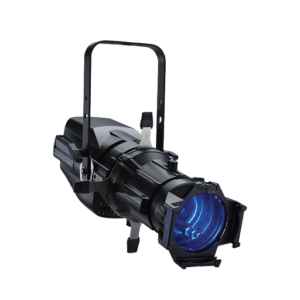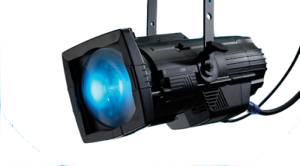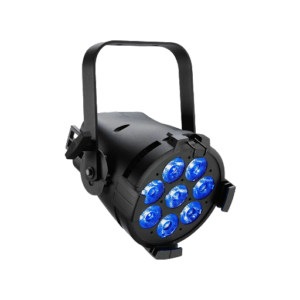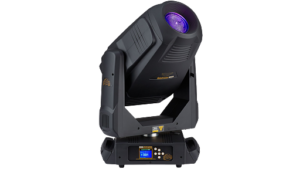The Basics of Stage Lighting
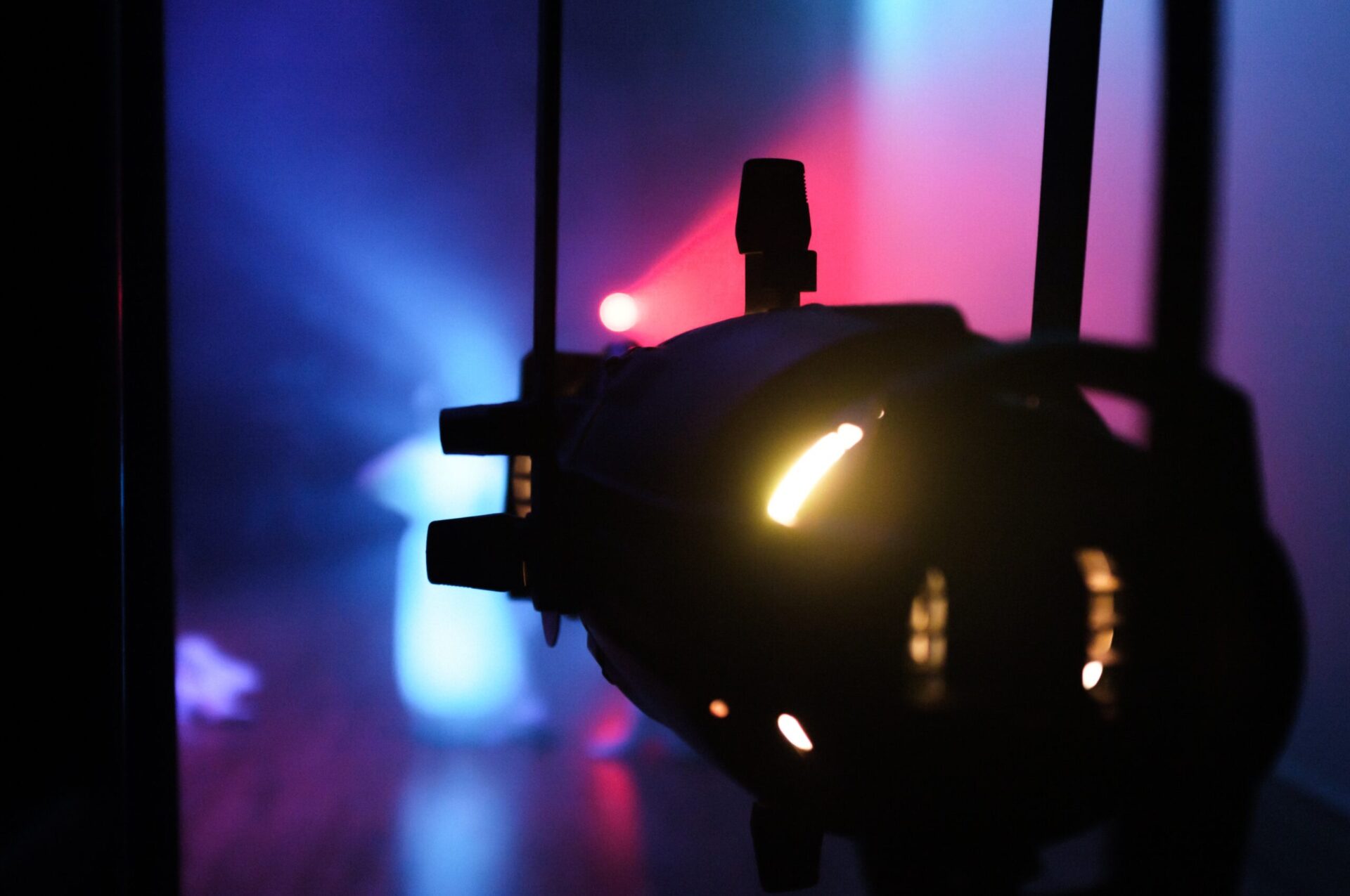
In the first step of mastering production stage lighting, we start with the basics.
We introduce the various types of lighting fixtures commonly used, such as spotlights, floodlights, and LED fixtures, and explain their unique characteristics and applications.
We also explore lighting positions, controls, and design, providing you with a solid foundation to build upon.
The Basics of Stage Lighting
Stage lighting involves the strategic use of lighting instruments and techniques to enhance the overall production quality and create a desired atmosphere or mood on stage.
Lighting Instruments
The most common lighting instruments used in stage lighting include:
- Ellipsoidal Reflector Spotlight (ERS): So named for the ellipsoidal reflector used to collect and direct light through a barrel that contains a lens of lens train, the ERS comes in all shapes and sizes. Also known as "lekos" or "profile spotlights," they produce a sharp, well-defined beam of light and are often used for key lighting, highlighting specific areas or objects on stage.
2. Fresnel: These instruments have a soft-edged beam and are versatile in terms of beam width adjustment. Fresnels are commonly used for general wash lighting and backdrops.
3. Par Cans: These are basic, inexpensive fixtures that produce a broad, intense beam of light. They are commonly used for color washes, floodlighting, or creating dynamic effects.
4.Intelligent Lighting Fixtures: Moving lights, such as robotic or automated lights, are computer-controlled fixtures capable of producing various colors, patterns, and movements. They are often used for dynamic lighting effects and can be programmed for precise positioning and timing.
Lighting Positions
Lighting instruments are typically positioned at different locations around the stage to achieve specific lighting effects. Common positions include:
- Front of House (FOH): Lighting instruments placed in the audience area, typically near the back, to provide a general wash and overall lighting.
- Overhead/Overstage: Lights hung above the stage, such as overhead battens or lighting grids, used for key lighting, general washes, and special effects.
- Side Positions: Lights positioned on the sides of the stage to create sidelight, which adds depth, dimension, and shadows to the performers.
- Backlight: Lights placed behind the performers to separate them from the background and add depth to the stage.
Lighting Control
Stage lighting is controlled through a lighting control console, which allows the lighting designer or operator to adjust the intensity, color, and positioning of each lighting instrument.
The console communicates with the fixtures through various protocols, such as DMX (Digital Multiplex).
There are many different lighting consoles available and it’s important you get the right spec. Avolites is one such manufacturer and you can compare their range of available consoles.
Avolites Lighting Controls Product Guide.
Lighting Design
Lighting designers work closely with directors, set designers, and other production team members to create the desired lighting design. They consider the mood, atmosphere, and overall concept of the production, and use techniques like color mixing, gobos (patterned templates), and dynamic movements to achieve their vision.
Lighting Terminology
Intensity: The brightness or dimness of a light source.
Color Temperature: The color appearance of light, usually measured in Kelvin (K). Lower values (around 2,700K) produce warm, yellowish light, while higher values (around 6,500K) produce cooler, bluish light.
Gel/Filters: Transparent colored sheets placed in front of a lighting instrument to alter the color of the light.
Fade: A gradual change in the intensity of the lighting, either getting brighter (fade up) or dimmer (fade down).
Cue: A specific instruction or change in the lighting during a performance.
These basics should give you a starting point to understand stage lighting. However, it's a complex field, and professional lighting designers undergo extensive training and experience to create stunning visual effects for stage productions.
Refer to our 5-Step Guide to Mastering Stage Lighting or proceed to Stage 2: Designing Stage Lighting with Purpose.
About the Author
Joe Morris, Director of Henley Theatre Services runs the events side of the business, designing and creating some of the largest outdoor productions in the UK.

